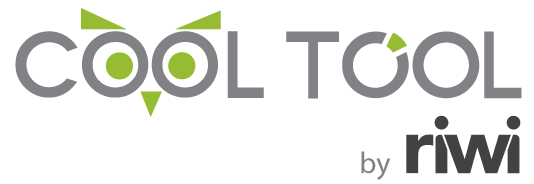By Luan Borges
On August 13, Argentinian voters will narrow down the presidential field. This event is mostly known by its acronym PASO, (Primarias, Abiertas, Simultáneas y Obligatorias) which stands for Open, Simultaneous and Obligatory Primaries. This first election is intended to define candidates, not positions. That is to say that in the PASO, the election is not to choose who will be President, deputies, and senators, but which candidates will be eligible to run for such positions. This election is open because any citizen aged 16 years old and above may vote in the electoral front or political party of their choice, without any affiliation. PASOs are used to define a presidential candidate by popular vote when the same party has 2 or more competing candidates.
RIWI started tracking Argentina’s primary presidential election (PASO) on July 7, 2023.
Here are some key insights on the upcoming elections (data recent as of August 6, 2023):
As expected, inflation is the most concerning problem for Argentinians, with 31% of respondents citing it as the most important issue facing Argentina today. This is followed by corruption and poverty. The country faces its highest monthly inflation rates since 1991 – one of the fastest rates in the world and far above neighboring countries.

Voting Intentions
Javier Milei (La Libertad Avanza) is leading the race by a narrow margin according to RIWI data. Compared to the beginning of the data collection, Milei has lost ground while other candidates, such as Sergio Massa (Unión por la Patria) and Patricia Bullrich (Juntos por el Cambio) have advanced in the race. Currently, Milei and Bullrich are technically tied (based on a margin of error of plus or minus 2%), owning 18% and 15% of the voting intention respectively.
When we consider only RIWI likely voters – those who reported that they will probably vote or definitively vote at the 2023 PASO elections – Milei (La Libertad Avanza) is currently leading the race, holding 24% of the voting intention, but is closely followed by Bullrich (Juntos por el Cambio), with 20%.
Party Voting Intentions
Although Javier Milei is leading the race as an individual candidate, Juntos por el Cambio, formed by candidates Horacio Rodriguez Larreta and Patricia Bullrich, maintains the highest voting intention as a party, with 25% of survey respondents citing that they will vote for the Juntos por el Cambio party. This data may demonstrate that the presidential race following the PASO elections could be tight.
Rejection Rates
Milei leads the race but faces the second-highest rejection rate.
According to RIWI data, Sergio Massa is the candidate with the highest rejection rate, with 42% of survey respondents reporting that they would never vote for him. Javier Milei is the candidate with the second-highest rejection rate, at 35%. Of all four candidates, Patricia Bullrich has the lowest rejection rate, with 30% of survey respondents reporting that they would never vote for her.

Voting Intention by Gender, Education, and Income
RIWI data demonstrates that Javier Milei is the most popular candidate amongst male voters while Patricia Bullrich is the most popular amongst female voters. Voting intention for Milei amongst female voters has dropped sharply over the past weeks and it is now at its lowest level since RIWI began tracking voting intentions on July 7th.
With regards to education and income levels, RIWI data reveals that candidate Milei’s supporters are more likely to have fewer years of formal education (primary education completed or less) and have lower income (up to 150,000 Argentine Pesos annually), while Bullrich is the leading candidate amongst respondents with more years of formal education (university or more) and higher income (above 250,000 Argentine Pesos annually).
Luan Borges is an expert in foreign affairs and policy research and a project manager at RIWI. Luan holds a Master’s degree from the Graduate School of Public and International Affairs at the University of Ottawa, with expertise in Latin American issues and research methods.




